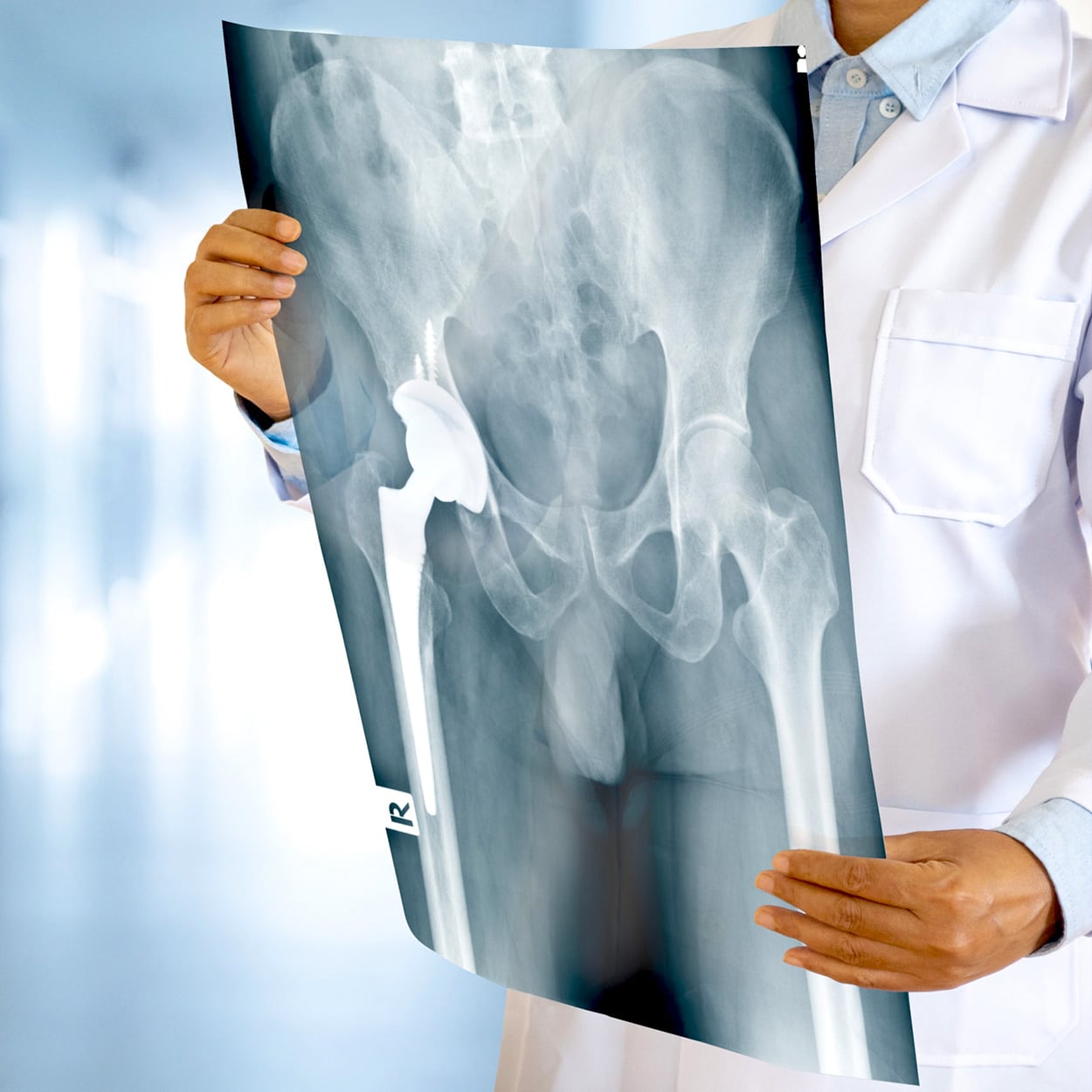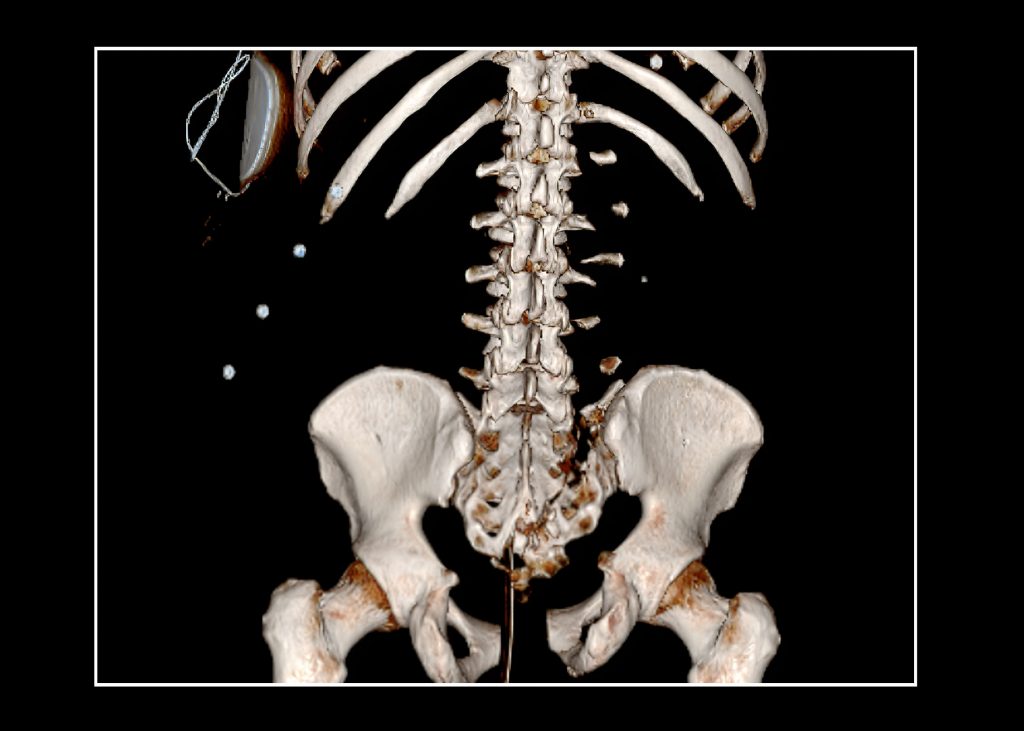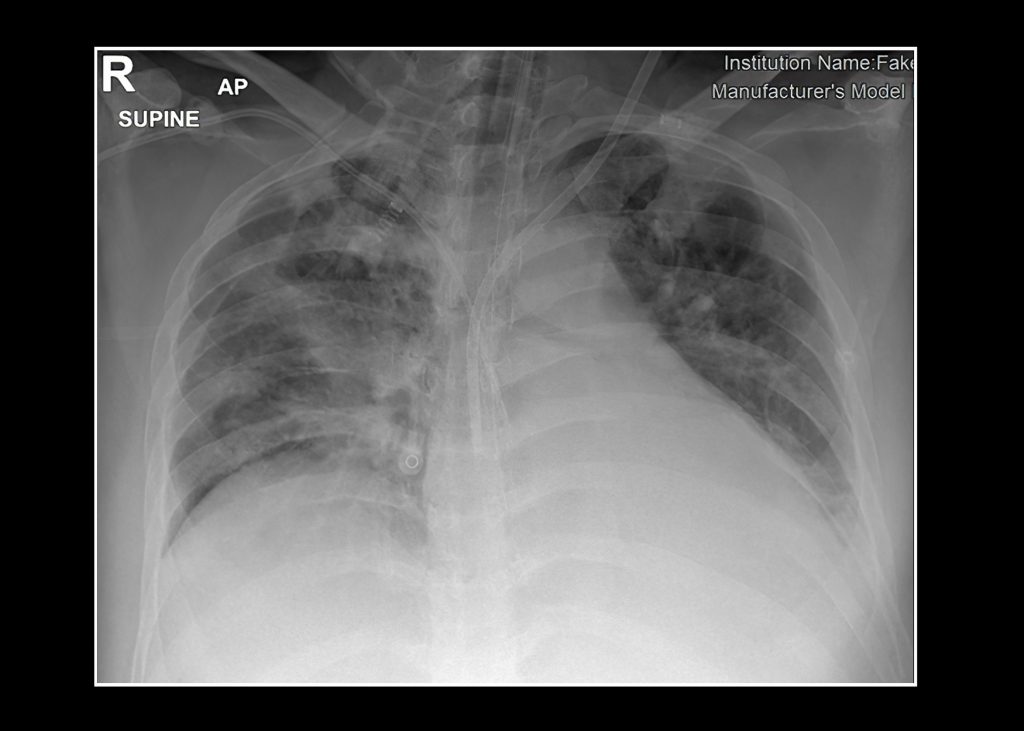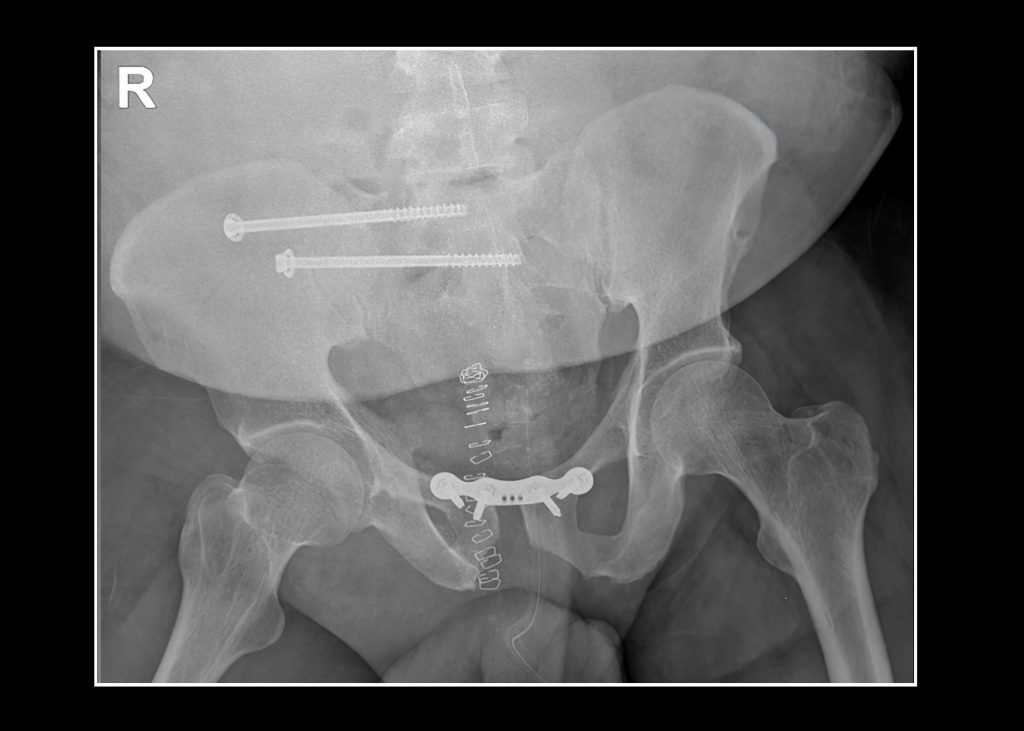
The Right Team at the Right Time – Multidisciplinary Approach to Multi-trauma Patient
Integrated, multidisciplinary team approach to the multiply injured patient can help optimize care, minimize morbidity, and reduce mortality.


Integrated, multidisciplinary team approach to the multiply injured patient can help optimize care, minimize morbidity, and reduce mortality.
It also provides a framework for accelerated postinjury rehabilitation course. Here we describe a patient who was brought to our emergency department in a critical condition and how an effective diagnostic and therapeutic approach to the multiply injured patient because of a well-functioning trauma systems and integrated specialty teams resulted in a very good outcome.
A 43-year-old male was brought by DCAS to our Emergency department on the 14th of September 2022, with severe back pain and decreased level of consciousness and severe shock. According to a friend he had been having back pain for a few days but no history of trauma. History of hypertension but no other medical problems.
The patient was immediately accepted in the resuscitation room where he was found to be conscious but dizzy and unstable with a systolic blood pressure of 60 mmHg. Immediate resuscitation was started at the same time investigations for a diagnosis was being made and a few minutes later the patient became drowsy, his Glasgow Come scale dropped. He was intubated immediately to protect the airway, mechanical ventilation started, was sedated and a central line inserted.



Patient was taken for immediate CT with continuing resuscitation, CT scan showed an open book fracture of the pelvis, and retroperitoneum hemorrhage. A pelvic binder was applied immediately to stabilize the pelvic and reduce the bleeding, then the patient was shifted back to the resuscitation room where blood products started and the orthopedic along with the ICU doctors were informed.
Dr. Uwe Nellessen, Consultant Orthopedic Surgeon attended quickly, and after reviewing the case, because of the urgency, the decision to apply an external fixator in the resuscitation room was taken; the procedure was prepared and performed in ED after involving the anesthesia team. The anterior pelvic frame was applied in the trauma bay, in around 20–30 minutes. Fixator pins were placed percutaneously and post procedure the patient was shifted to ICU for further management.
Other findings on the CT were a Large right iliopsoas hematoma extends up to right perinephric space (Retroperitoneal) with perinephric hematoma raising right kidney, Fracture right transverse process of L3,4,5 and mild free pelvic fluid.
The patient was received in the ICU in critical condition, intubated mechanically, ventilated on vasopressors (Norepinephrine/Vasopressin). The major problems on admission were “open book” pelvic fracture and bilateral calcaneus fractures, severe hemorrhagic shock. In total the patient received around 13 units packed RBCs, Octaplex and 10 units FFP and platelets. Because of large retroperitoneal hematoma rhabdomyolysis and acute kidney injury hemodialysis was needed. The patient was too unstable on three vasopressors and respiratory failure to be moved for angiography or embolization of his intra-abdominal bleeding. He was evaluated by the interventional radiologist who advice urgent angiography only if unable to stabilize the patient in ICU with the risk of further deterioration. The patient slowly started to improve with the stabilization of bleeding/hemoglobin, treatments of severe acute respiratory syndrome and dialysis. Once stable, he underwent surgical anterior fixation of symphysis pubis with plate. His stay in ICU was also complicated with sepsis and severe multiorgan failures. A team of intensive care specialists, nephrologist, surgeons, and gastroenterologist along with excellent critical care nursing and allied health support facilitated his extubation and removal from mechanical ventilation after 2 weeks. Renal function recovered with good urine output, and he was shifted to intermitted dialysis until full renal recovery. Right calcaneus open reduction and internal fixation (ORIF) was done 6 days after extubation and he underwent rigorous rehabilitation in ICU with help of the rehabilitation team. Finally, the patient started mobilizing and was transferred to the regular ward under care of the orthopedic team and discharged well from hospital.
This multidisciplinary approach not only involves the physicians but must intimately involve professional teams at multiple levels of the health-care infrastructure. Also, an interdisciplinary healthcare approach to the multiply injured patient can help optimize care, minimize morbidity and mortality, and ultimately provide a framework for accelerated postinjury rehabilitation course.
For the next FUH Medical Review
©2021 Fakeeh University Hospital. All Rights Reserved
To FUH Medical Review